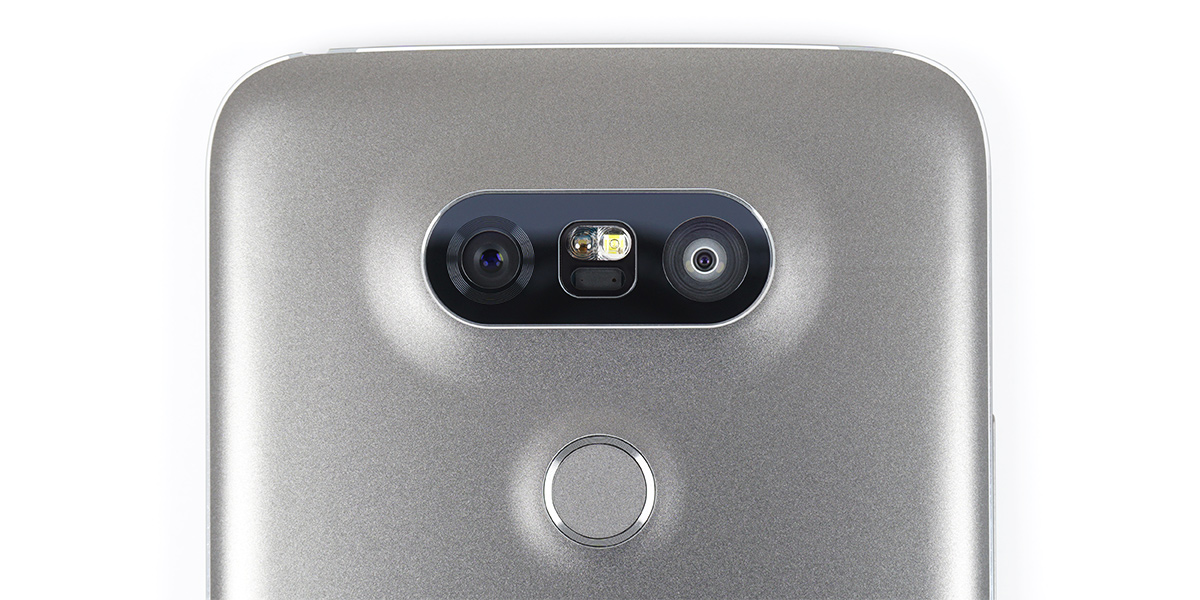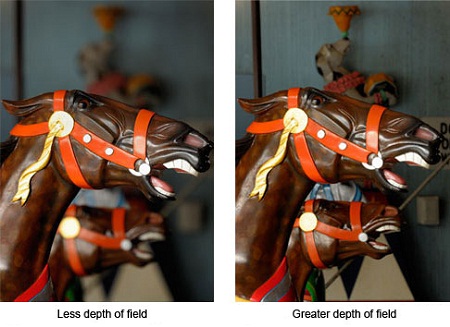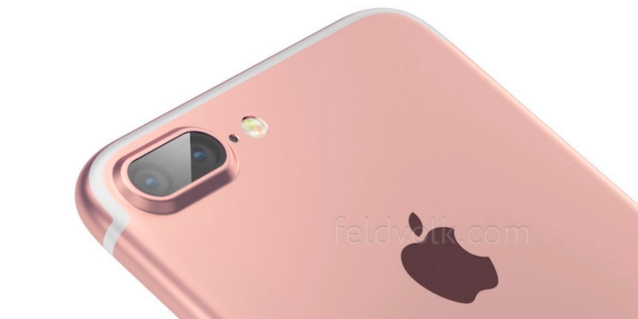Introduction

There are lot of innovation going on in the smartphone market. As of now, “Good phones are getting cheap and cheap phones are getting good”.
In-Depth
From past few years there have innovation was revolving displays such as LCD (Liquid Crystal Displays), IPS (In-plane switching), AMOLED (Active Matrix OLED), QHD (Quad High Definition) and then came 4K Display (Experimental, Didn’t workout practically).
There have been lot of experiments done with chipset as well. Every other chipset maker has done with their product especially with the performance. There were lot like Intel, Exynos, MediaTek, Nvidia, Qualcomm and there is a rumors that Smartphone maker Xiaomi is also come out their on chipset, which will first be implemented in their on handset of course. Anyways this will help them to not rely on other chipset makers and this will also increase competition among other makers.

This was the going all around last year and even this year (don’t get me wrong) but as you sense there is a dual increment in the dual camera smartphone among the market such as LG and Huawei has already made their debut. And as this comes around, there have been a lot of rumors of iPhone 7 coming out with Dual-Rear-Camera.
So, what kind of innovation is this?? Will this improve the level of photo taken through your smartphone?? Before that let’s talk about;
Why Dual Camera??

Let’s face it, phones are struggling to excite us anymore. They have mostly the same specs, same cameras and storage size, with the only differences being design, UI and perhaps whether they’re water-resistant or whether they have a fingerprint sensor. Phones need something new to stand out, and this technology easily satisfies that need.
What is Dual Camera is for??
First Camera Lens – For taking regular shots / pictures
Second Camera Lens – For adjusting depth of field
Checkout the Image;

Advantages of Dual Camera;

-> Greater Depth of Feel
- As I mentioned above, with dual camera you get wider range (LG G5), greater aperture with both camera working together to give out the best result.
- This also allows both camera to be used differently like one camera to take normal shot and another to take the picture in monochrome mode (Huawei P9).
-> Fast Auto Focus
- Dual camera will give you faster yet instant autofocus for that fast moving pictures. Which is technically not possible in single camera smartphones.
-> Better Picture Clarity
- This was coming, you know it. With dual camera setup, smartphones take really great shots with amazing picture quality.
- It basically allows more light to pass through the lenses to the sensor resulting in greater depth of field which in turn gives out great picture quality.
Questionnaire
1. Will this improve the level of photo taken through your smartphone?
Yes, of course it will surely change the way you look your smartphone. Especially, with two cameras you might not need to go for DSLR’s for good quality pictures inturn helping you to save some bucks.
2. What kind of innovation is this??
There was always hype created among users by manufacturers just to keep the market moving. Let me take some examples;
Sony & Samsung –> Water Resistant Smartphone
Microsoft & Samsung –> IRIS Scanner
Motorola –> No Headphone Jack
3. Will this be the next hype??

Yes, hands down!! No doubt, The day is not too far when every phone coming out will have Dual- Rear-Camera and if there is holy mighty’s grace then we might also come across Dual-Front-Camera (Selfie Freaks Go Smile). Although there is a smartphone which has Dual front facing camera which couldn’t resist to build the hype (Lenovo Vibe S1).
Anyways, I hope you like the content. Are you excited about the Dual Camera Setup?? If so, then what excites you the most?? Let me know all your thoughts in the comments below.
Source: akshatblog, CNet




